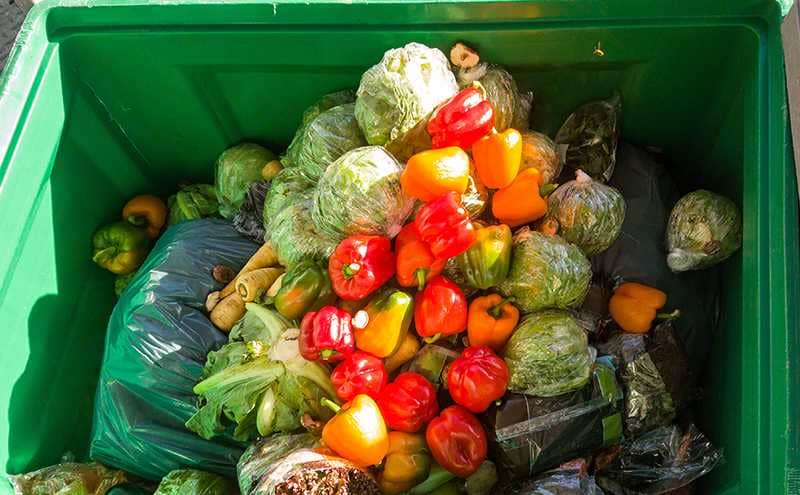Global food wastage is on the rise each passing day. According to the Food and Agricultural Organisation, approximately 1.3 billion tonnes of food goes to waste. Food waste is viable food that we don’t eat and either throw away or lose.
Food wastage occurs throughout the entire food system and transport chain; production at the farm, transportation, processing, storage, selling and at the end point which is consumption.
Food takes time to grow as is with all urban farming and agricultural products. We need it to nourish our bodies so that we can keep alive. It is thus a very important basic need that shouldn’t be allowed to go to waste. Food can be fruits, vegetables, legumes, tubers, meats, milk, nuts, grains, edible herbs, and fungi like mushrooms.
Global food hunger is also on the rise with 690 million people going to bed hungry and 135 million people in 55 countries facing acute food insecurity according to the World food programme. It’d also be great if you donated to them in their fight against global hunger to provide meals to starving people through the WFP Share the meal platform
Conserving food can not only help you live sustainably but also save you a lot of money in the process. Reducing food wastage can also help you reduce the overall effects of agriculture on the environment including our carbon footprint.
Contents
Causes of food wastage
As mentioned earlier, food wastage occurs throughout tthe entire food system and transportation phase. Below are some of the causes of food wastage today;
- Very large production
This is very good since we need the food to survive but it can also result in food wastage in the field. some food can be left to rot, handling may be difficult especially for farmers in low-income countries who lack sophisticated handling equipment resulting in wastage. Notwithstanding the losses as a result of pests, parasites, diseases, and bad weather like storms or hurricanes.
2. Post harvest food loses
These are loses that occur immediately after food harvest that result in loss of food value, quality, and quantity. They are majorly caused by poor handling, storage, and processing of food after harvest.
For example, adding impurities to the food during processing, storing food in dirty containers, leaving food out in the open exposing it to parasites and pests, loss of food during transportation especially grains, throwing the food anyhow during handling and so many other ways.
3. Buying more food than we can consume.
Some people buy alot of food at restaurants, malls and grocery stores yet they cannot consume it. Most of this goes to the dumpster and other which is stored at home goes bad and is later discarded.
4. Lack of value addition
By adding value to the food through doing simple processing, we can avoid food wastage. Forexample smoking fish, sundrying grains, salting, and freezing food at the local level. Industrial processing can also be done to turn large amounts of would be waste food into other products.
Be it so this is not a very big case in low-income countries. A lot of food is lost due to lack of value addition since the products are mainly sold in their raw unprocessed form.
5. Poor food storage and handling in homes, schools and restuarants.
What are the 3Rs ?
The 3Rs stand for: Reduce, Reuse and recycle. They are ideal sustainability and waste reduction techniques.
Reduce production of waste. Reuse the waste more than once. Recycle the waste into different products.

Quick ways you can reduce global food wastage using the 3Rs.
With global hunger ever on the rise, there is need for sustainable consumption and utilization of food resources and you can play part by reducing the wastage by following the 3Rs.
A. Reduce
- Produce food only in sustainable amounts depending on the market demands.
- Don’t buy food you won’t consume
- Cook only what you can consume
- At the restaurant, take only what you can consume
- Eat perishable food first and fast before it goes bad.
- Employ the first in first out principle by consuming old food before the newly acquired food.
- Proper handling of food during processing, and transportation. Packaged food is easy to transport. Proper hygiene is also required at factories to prevent the food from going rancid.
- Extra fruits and vegetables can be made into juices and cocktails.
- Keep food away from contaminants, bacteria, and fungi, rats, by keeping it sealed, covered, and contained. Store food in a cool dry place.
- Employ food preservation technics like refrigerating, smoking, salting, marinating, packaging.
- Don’t throw half-eaten packaged food like chips, corn.
B. Reuse
- Warm left-over food, package it and eat it later
- Reuse kitchen food refuse like peeling for other purposes for example pineapple peelings can be used to make pineapple juice by boiling them and adding tea leaves and ginger
- Use leftover food to make animal and pet food like dogs, pigs, chicken, and fish. You can grind it, make handmade pellets, add some flavoring, and feed it to them.
- Seeds can be dried and used for later planting e.g. apple, avocado, passion fruits, melon. Other seeds like pumpkin can be roasted and eaten as they are very nutritious.
C. Recycle.
- Biogas can be made from large amounts of organic food waste . These can be piled up in a compost pit to produce methane gas which is used for cooking and lighting.
- Organic fertilizers can also be made from leftover food and kitchen/ restaurant refuse. These are piled and then decomposers like bacteria, fungi, and earthworms are inoculated to produce a phosphorous nitrogen-rich fertilizer that is very ideal for plant growth.
- Organic products like creams, glue, ornaments, bags, crafts can be made from leftover and by-products of food and meat processing factories by combining them with other materials.
conclusion
Reducing food wastage around the world requires combined group efforts of all people worldwide. it can be a major step towards achieving sustainability and ensuring zero huner globally.
Let me know your views in the comments below.

